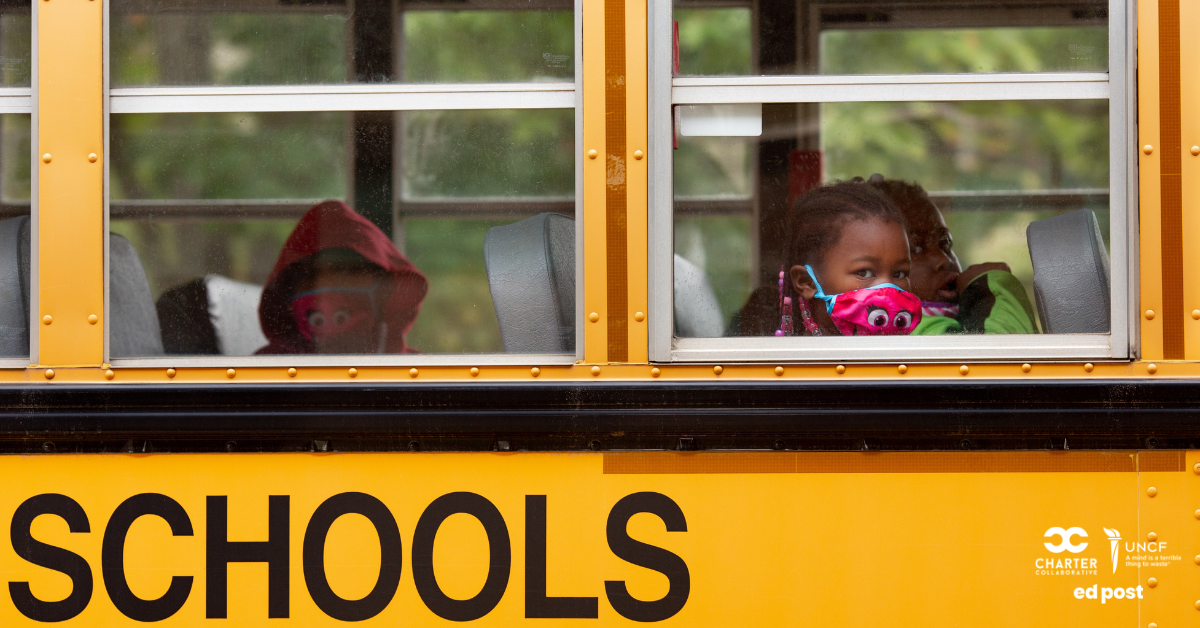Parent-school relationships have always been a vital part of student success, but during the COVID pandemic, when schools moved to remote instruction, communication between parents and educators became more frequent -- and more important -- than ever.
As schools and families returned to a more traditional schedule, many schools continued to build upon this momentum in parent engagement to establish long-term strategies to increase meaningful, two-way communication with students’ families.
At SchoolStatus, we work with hundreds of districts every year to help them build successful communication practices that engage families and support student learning.
Strategies to Engage Parents
Based on current work happening in districts, here are five strategic tips to help schools keep in closer contact with parents.
- Establish communication early and often. It is important to establish a relationship with each family early and communicate often with relevant, quick and useful information. Start by reaching out to ask parents about their communication preferences. Do they prefer texts, emails, video chats or phone calls? Do they have access to a computer or smartphone? Then, start with positive news about their child or provide updates on upcoming course assignments or events. Having a positive school-home relationship will make any difficult conversations easier if they are needed in the future. Schools and districts should also be using an analytics and communications platform to understand which parents and caregivers are not engaging, so that individualized strategies can be put into action to reach them.
- Leverage data to give a full picture of student progress. The more information caregivers have about what is going on at school, the more they can support their child’s success. When reaching out to parents, use individual student data to inform your conversations. Being able to provide a picture of the whole student — including academic, behavioral, social-emotional learning, attendance and disciplinary data — can help educators partner with parents and caregivers to target interventions to help students. New technologies and tools that fuse data and communications and offer multiple options for communication and translation capabilities can help streamline this process so that educators have this information at their fingertips. Using these platforms can help increase parent engagement and support. This is more important than ever in the wake of COVID-19 disruptions.
- Speak their language. In 2019, 10.4% of U.S. public school students were English Learners. With English learners being one of the fastest-growing student populations in the U.S., districts need to prioritize translation. To reach all families, conversations need to happen in the language spoken at home. To scale this to a class, grade or school, the communication platform will need instant translation capabilities beyond the capacity of a district translator. From parent communication platforms to digital newsletters, communication tools with built-in translation capabilities can help teachers communicate efficiently and effectively with all families in the district.
- Make communication digital and engaging. A great way to reach more families with information about what is happening in the school or classroom is through digital, translatable newsletters. Schools and teachers can use digital newsletters to highlight classroom work, remind caregivers about upcoming projects or schedule changes or to share resources to engage families in their child’s learning. Many of our districts are using apps like Smore to create and share visually engaging newsletters with families via email, social media, and/or the school’s MNS.
- Use video to enhance communication and remove barriers. Zoom became ubiquitous during the pandemic and, as a result, video has been more widely embraced by districts as a means to communicate with families. From one-on-one parent-teacher conferences to group IEP meetings, communicating via video can bring all of the benefits of face-to-face connections, without the complexity of requiring everyone to travel to the same location. Having a video call with options for screen sharing to explain topics like test scores, academic progress or other data can make the meeting more visual and productive.
We’ve seen that when parents and teachers work together as partners in a student’s success, the impact on student progress can be significant. Communication is at the heart of that partnership. As we all work together to help students recover from the impact of COVID disruptions, it is important to engage families in that effort in as many ways as possible.
Photo by Allison Shelley for EDUimages

Leave a Comment